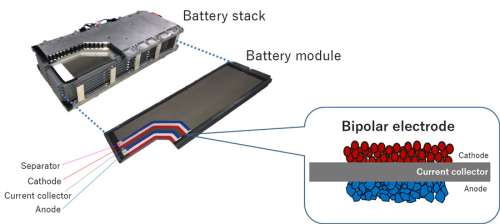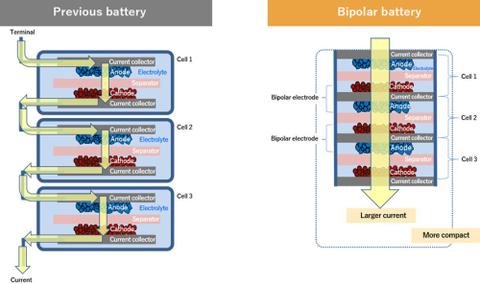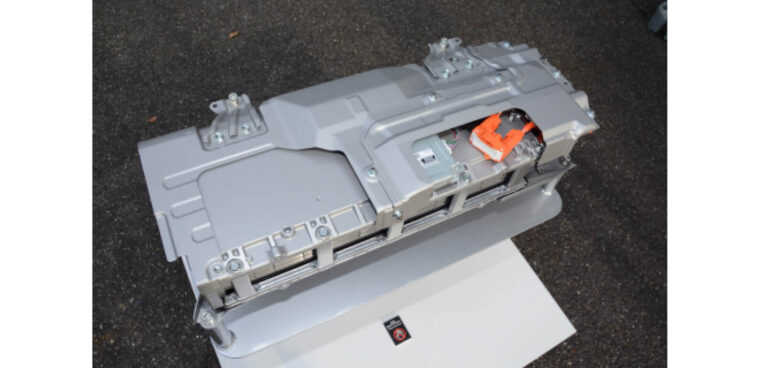Toyota has announced the release of a new model for the Japanese market. The Aqua (known as the Prius C in other markets) is said to be around 20% more fuel efficient (WLTC) than the previous-generation vehicle.
With a fuel efficiency of 3.4 l/100km, the Aqua’s powertrain consists of a highly efficient 1.5-liter Dynamic Force engine and an optimized HEV system. It is claimed to be the first vehicle to use a high-output bipolar nickel-hydrogen battery as an electric drive battery.
The bipolar batteries have a greater active surface area, so the battery has a lower resistance, which enables the flow of larger currents and leads to increased output. The increased output of the bipolar nickel-hydrogen enables improved accelerator response and powerful acceleration from low speeds. Alongside this, the vehicle’s battery-powered range has also been extended.
Compared with the previous-generation Aqua nickel-hydrogen battery, the latest bipolar nickel-hydrogen battery delivers 1.5 times greater output per cell and has packaged 1.4 times more cells in the same-size area.
Since the launch of the first-generation Aqua, and with over 1.87 million units sold, Toyota estimates the vehicle has been responsible for a 12.4-million-ton reduction in CO2 emissions.




